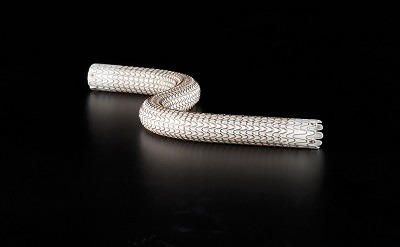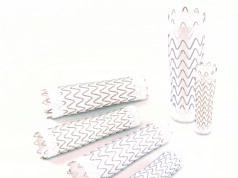
Gore has announced positive results from a prospective, multicentre investigational device exemption (IDE) clinical study of the Viabahn endoprosthesis with heparin bioactive surface in Japan. The device demonstrated positive outcomes in treating long, complex lesions in the superficial femoral artery (SFA), achieving 88% primary patency at 12 months. The findings were presented at the Vascular Interventional Advances 2016 (VIVA; 18-22 September, Las Vegas, USA).
The prospective single-arm study enrolled 103 patients for analysis across 15 trial sites. The trial enrolled a challenging patient population with greater than 10cm long lesions, including 84.5% TASC II C/D lesions, and 65.7% of lesions having chronic total occlusions (CTO). The Viabahn endoprosthesis showed favourable outcomes consistent with previous clinical studies. Primary patency at 12 months in all lesions (average of 21.8cm) was 88%, while lesions less than or equal to 20cm recorded 93% primary patency. The study also demonstrated 100% limb salvage with zero cases of acute limb ischaemia, bypass or amputation.
“Eighty-eight per cent is an extremely high primary patency for these long complex lesions with an average length of 22cm, especially given the scrutiny of the study design: a prospective, multicentre IDE clinical study that was core lab adjudicated and reviewed by the Japanese regulatory authority. The Viabahn endoprosthesis, for the first time in endovascular history, may replace bypass surgery for femoropopliteal disease,” said Takao Ohki, principal investigator of the Gore Japan IDE clinical study.













